
Ingredient
Rice rolled grains
The Versatile Delight: Unveiling the Magic of Rice Rolled Grains
Rice rolled grains are small, round grains made by rolling rice between large stones or using specialized machinery. They have a chewy texture and a slightly nutty flavor, which adds depth to both sweet and savory dishes. These grains are often used in soups, salads, stir-fries, and desserts, and they can be cooked to a soft or firm consistency depending on the desired dish.
Origins and history
Rice rolled grains have a long history and are believed to have originated in East Asia, particularly in China and Japan. They have been a staple in these regions for centuries and were traditionally made by hand using stone mills. Over time, the production process has become more mechanized, allowing for greater accessibility and availability of rice rolled grains worldwide.
Nutritional information
Rice rolled grains are a good source of carbohydrates and provide essential nutrients such as fiber, iron, and B vitamins. They are also low in fat and cholesterol, making them a healthy addition to a balanced diet.
Allergens
Rice rolled grains are gluten-free and do not contain any known allergens.
How to select
When selecting rice rolled grains, look for grains that are uniform in size and have a smooth, shiny appearance. Avoid grains that are discolored or have a musty smell, as this may indicate spoilage.
Storage recommendations
To maintain the freshness and quality of rice rolled grains, store them in an airtight container in a cool, dry place. Avoid exposure to moisture, as it can cause the grains to become sticky or moldy.
How to produce
Rice rolled grains are typically produced using specialized machinery that rolls the rice between large stones. This process can be challenging to replicate at home, but it is possible to make a similar texture by soaking rice in water and then rolling it between your hands to create small, round grains.
Preparation tips
Before cooking rice rolled grains, rinse them thoroughly under cold water to remove any excess starch. To cook, add the grains to boiling water and simmer for about 20-30 minutes, or until they reach the desired texture. Rice rolled grains can be used in a variety of dishes, such as soups, salads, stir-fries, and even desserts like rice pudding or rice cakes.
Culinary uses
Rice rolled grains are commonly used in Asian cuisines, particularly in dishes like sushi, rice bowls, and rice porridge. They can also be used as a substitute for other grains in recipes, adding a unique texture and flavor.
Availability
Rice rolled grains are commonly available in Asian markets and specialty grocery stores. They are also available online, making them accessible to a wider audience.
More ingredients from this category

Millet rolled grains
The Versatile Millet: Unleashing the Potential of Rolled Grains
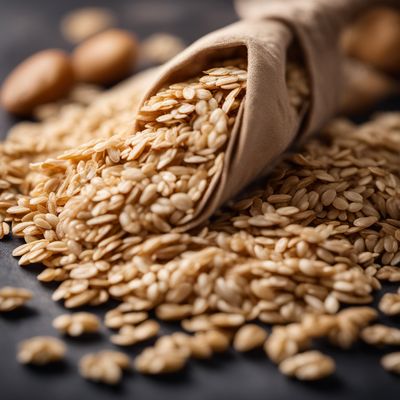
Oat rolled grains
Wholesome Oat Powerhouse

Rye rolled grains
"The Wholesome Goodness of Rye: Unveiling the Versatility of Rolled Rye Grains"

Spelt rolled grains
The Nutty Delight: Spelt Rolled Grains

Barley rolled grains
The Versatile Grain: Barley Rolled Grains

Mixed cereal rolled grains
Wholesome Breakfast Blend
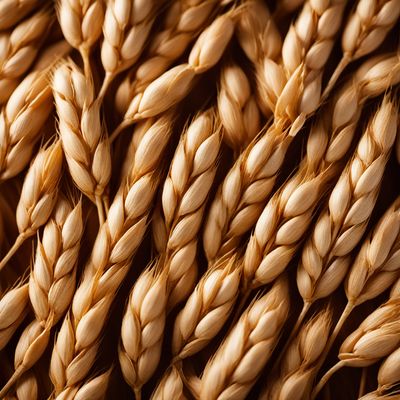
Wheat rolled grains
Wholesome Delights: Exploring the Nutritional Power of Wheat Rolled Grains
Recipes using Rice rolled grains » Browse all
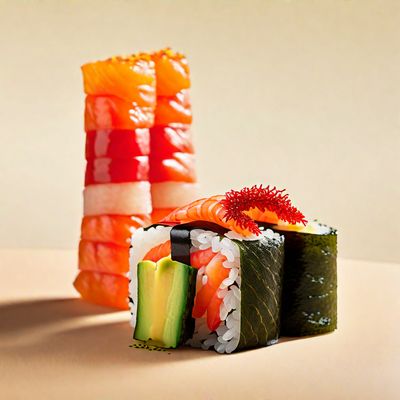
Spanish-style Sushi
Tapas-inspired Sushi Rolls: A Fusion of Japanese and Spanish Flavors

Kurdish-inspired Chutoro Nigiri Sushi
Savor the Fusion: Kurdish-inspired Chutoro Nigiri Sushi

Japanese-style Paella
Sakura Paella: A Fusion of Spanish and Japanese Flavors

Kappamaki - Cucumber Sushi Rolls
Refreshing Green Delight: Kappamaki - Cucumber Sushi Rolls

Konoha-don: Forest-Inspired Rice Bowl
Sakura Blossom Rice Bowl: A Taste of the Japanese Forest
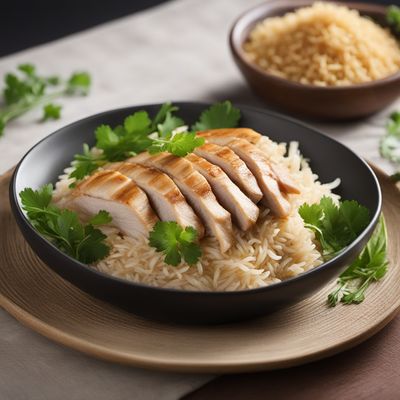
Egyptian-style Hainanese Chicken Rice
Saffron-infused Egyptian Chicken Rice: A Fusion of Flavors

Battera Sushi
Umami Delight: Battera Sushi - A Taste of Japan's Finest
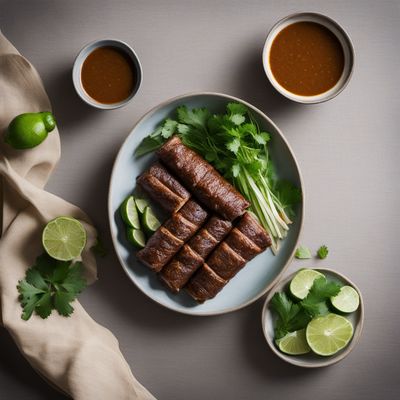
Tanzanian-inspired Beef Rolls with Spiced Peanut Sauce
Savory Tanzanian Beef Rolls: A Fusion of Flavors

Cuban-inspired Sushi Rolls
Havana Sushi Delight

Latin American Sushi Rolls
Samba Sushi: A Fusion of Japanese and Latin American Flavors

Vietnamese-style Spring Rolls
Fresh and Flavorful Vietnamese Spring Rolls

Panta Ilish with Spiced Rice and Fermented Fish
Savor the Essence of Bangladeshi Cuisine with Panta Ilish Delight